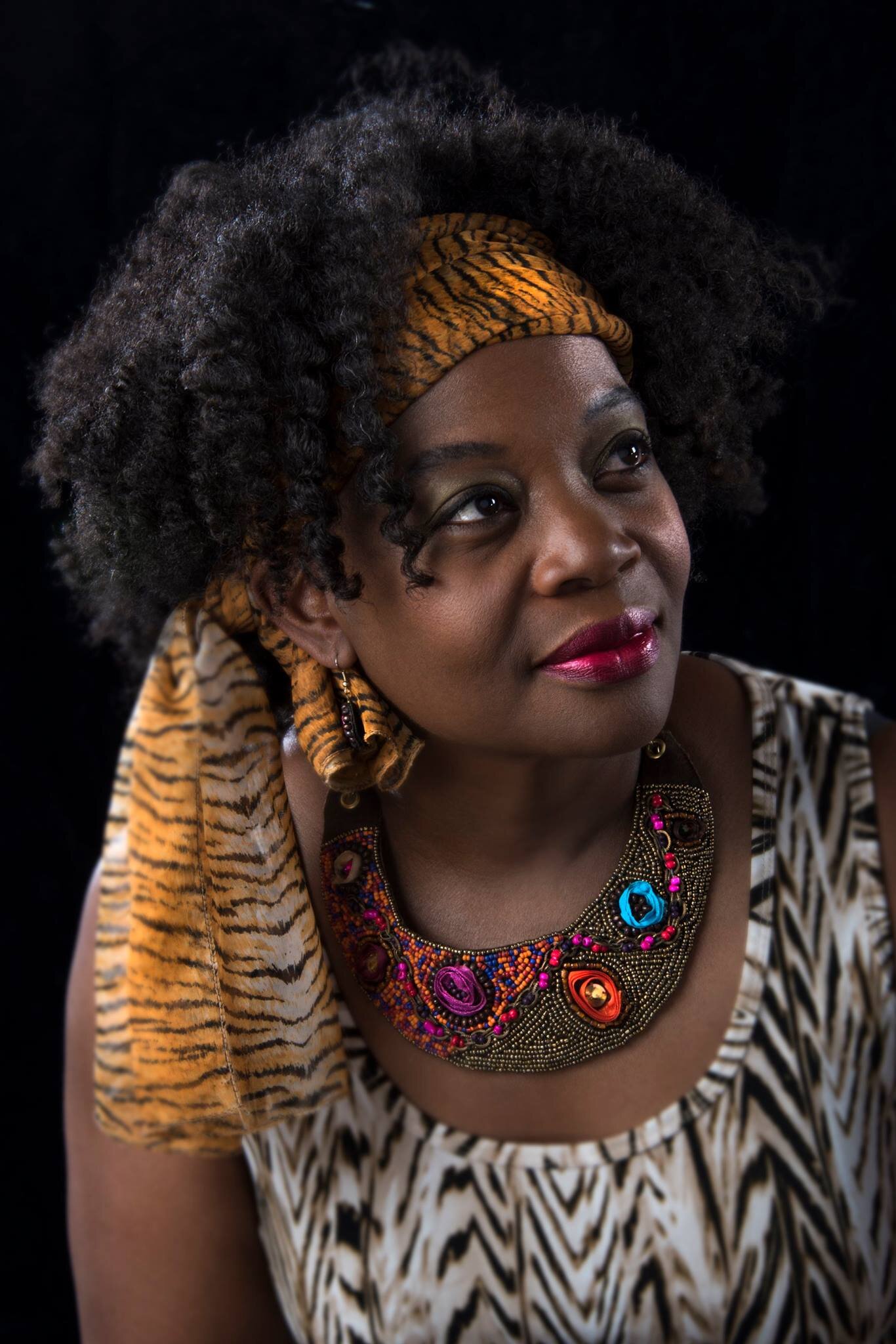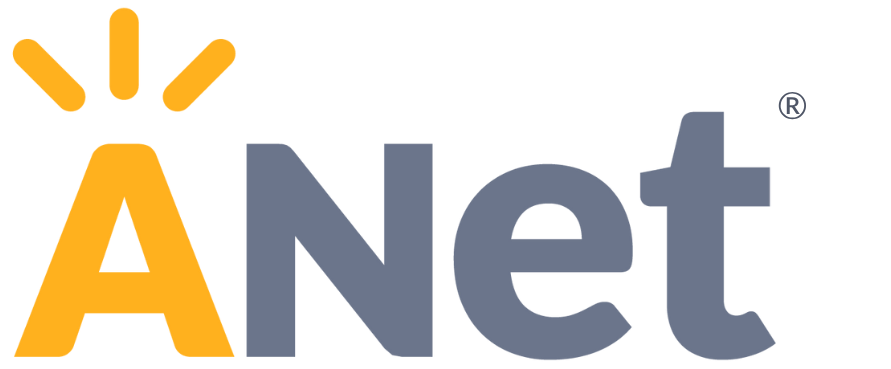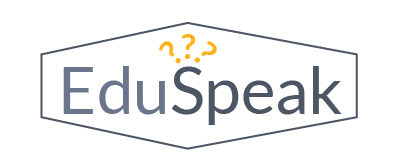By Clarice Clash
“Our school is changing and it is impossible to teach at grade level anymore.”

I was aghast when a member of my instructional team spoke these words. As a school principal in Tucson, I was discussing an initiative to align our curriculum with grade-level standards. I asked my team, What does it mean that our school is changing?
“Our students are coming from the new apartment buildings and from low SES districts,” the team member explained. “They aren’t arriving with the necessary prerequisites to teach grade-level ELA standards.”
This was not my first encounter with bias, frustration, and a fixed mindset. But it was the first time someone so frankly described their perception of diverse learners. Instead of thinking about how we could shift our approaches to work for all kids, my colleague had written our students off because of where they came from.
This exchange increased my fervor for conversations about equity and equality—conversations we must have. As teachers, principals, and district leaders, we are tasked with supporting all students in accessing and mastering grade-level standards. It is our responsibility to teach in a way that reaches every child, regardless of background.
“Unfinished learning” reframes the gap, but is that enough?
I first heard the term “unfinished learning” during a team meeting. It’s meant to have a positive connotation as compared to words like “gap” or “weakness.” But hearing the term, I paused to reflect on what it really meant—and on the conditions that need to exist so that student learning is a shared responsibility across the school and district.
Referring to material that has previously been covered, but that not all students have mastered, “unfinished learning” came about as a way to show the potential for growth and learning instead of focusing on the negative. This is a good thing—a growth mindset rather than a deficit mindset is an important step for teachers and leaders to support all students.
But the term “unfinished learning” uncovers another issue: it says the onus of learning is on the child alone, not on our schools to provide high-quality instruction, materials, and assessments. It focuses on children already facing marginalizations and disadvantages and places the burden on them. The focus isn’t on the system using low-quality materials or the system that prepares teachers. It releases the decision-making adults—including teachers, school leaders, and district leaders—from responsibility. Instead, it places that responsibility on the child—most often children of color, children with disabilities, children with learning and attention issues, English language learners, and children experiencing poverty. These are students the system routinely fails. So why should our language place yet another burden on them?
“Unfinished teaching” doesn’t blame students for systems that fail them.
While unfinished learning places a burden on children, unfinished teaching shifts that responsibility to us educators—and that’s exactly where it needs to be for change to occur. This shift in language represents a shift in thinking, too: why is it that some students haven’t yet mastered material, and what can we as teachers and leaders do to give those kids their best chance to succeed? Are we doing everything we can to examine our biases and create a supportive, rigorous learning environment that serves all children? This shift can help us start to break down the racism and bias that our educational system has contributed to.
Advancing educational equity one step at a time
A simple change in terminology might seem insignificant, but constantly examining the words we use and the biases behind them helps remove barriers to equitable instruction. We can advance equity by reflecting on two key questions:
-
How can we transform the way we think about how low-quality materials, the absence of an assessment strategy, and the absence of a professional learning strategy impact students?
-
Instead of focusing on student gaps, how can we support system-level changes that empower adults to support all students in reaching grade-level standards?
At ANet, we strive to lead with equity and thoughtfully pursue our own journey toward anti-racism. Making the shift from unfinished learning to unfinished teaching takes us one step closer to the equity every student deserves. I hope you’ll join me in taking this step—and pushing to do more each day to dismantle racism and injustice.
Clarice is ANet's managing director of system advising. She was previously the senior director of curriculum development for Tucson Unified School District and has been an adjunct instructor at the University of Arizona.
If you'd like to learn more about creating coherence across your district or system, read our blog. Our coaches can help you shift your mindsets and achieve your goals–learn more on our coaching webpage.

